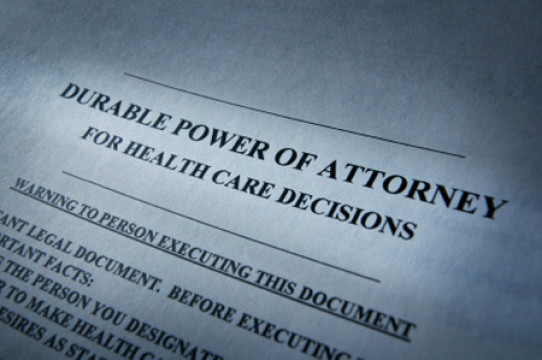3 Essential Documents for Healthcare Planning: Part 1
Tomorrow, as you are coming home for dinner, you’re busy thinking about your day, the proposal you have to complete, and whether should have pasta or a burger tonight. On second thought, you’re tired, so you might just eat some leftovers from the other day.
Up ahead at the intersection you have a green light. As you pass through, you casually look to your right.
A garbage truck has lost control and is speeding towards you. You can’t avoid it.
The truck slams into your car.
You see your family flash before your eyes.
The world goes black.
Fortunately, you had a great surgeon who saved your life, but you’re in a coma. The likelihood of waking is slim. Your family doesn’t know what do and doesn’t even have the power to decide for you.
Life-changing events like this happen to families every day. If you were to become incapacitated, would your family have a plan to follow?
There are few things more jarring than watching the slow decline of a loved-one.
Fortunately there are some planning tools available to us that can save your family from making the tough decisions they need to make if we are incapacitated.
The best part about these tools is that they are free or very inexpensive. You don’t even need a lawyer.
The healthcare planning documents we use are known as “Advance Medical Directives.” These are legal documents that specify the healthcare wishes of an individual.
Today’s post will explore the different Advance Medical Directive options available to us so we can plan for the worst.

Medical Power of Attorney
A Medical Power of Attorney (MPOA) is a legal document that allows you to specify that someone else can make medical decisions for you if you are incapacitated. The person you specify is known as your “agent.” You could activate a MPOA immediately once you sign the forms or it you could make it “springing.” Springing is just legal jargon means that it only takes effect once you are incapable of making decisions for yourself.
What if you already have given someone power of attorney?
Medical power of attorney is different from a general power of attorney. A general power of attorney only allows your agent to make financial decisions for you, but not your medical decisions. So if you have a general power of attorney, you will still need an MPOA as well.
A MPOA empowers your agent to have access to all the same medical information that you would receive from doctors. Your agent will be able talk to the medical team about treatment options and get a second opinion from other professionals. Your agent can then decide which treatment options that the medical staff should undertake.
Make sure you communicate your wishes to your agent, so that they know exactly how you would want a situation handled. You should cover any religious beliefs and personal values you may have that will dictate how you want your final chapter of life handled.
Once you have selected an agent to represent you for health care decisions, make sure you have a contingent agent. If your primary agent was to die or become incapacitated before they could perform their duties, your contingent agent will take over their duties. Make sure you have had the same conversations with your contingent agent as you did with your primary agent.
 Living Wills
Living Wills

A living will is a document that expresses your last wishes about life-sustaining treatments. You usually prepare this in advance. Generally around the same time as the medical power of attorney. This document explicitly states whether you want to be put on life support, including: tube feeding, mechanical breathing apparatus, cardiac life support, and several others.
A living will avoids your heirs from having to seek court approval to end life support. Living wills, like most MPOAs, activate upon your incapacity.
Living wills can also dictate whether you want to be an organ donor, whether you want to donate your body, and your funeral arrangements.
Do Not Resuscitate Order
A Do Not Resuscitate Order (DNR) is a form that specifies whether you want to avoid having CPR performed on you. This form is generally prepared when a patient is terminally ill with an advanced stage of cancer, kidney damage, or an age related ailment. Once you draft a DNR, you usually wear a bracelet that notifies medical personnel that in they do not want to be resuscitated.
On Thursday I’ll post Part II of this article. I’ll go through where to get the documents I wrote about and how to fill them out so that you can better protect your family.


One thought on “3 Essential Documents for Healthcare Planning: Part 1”